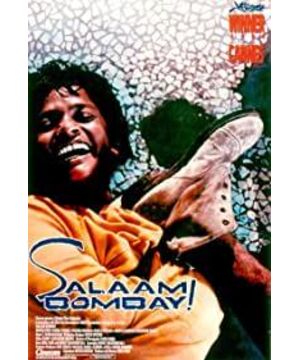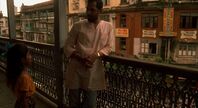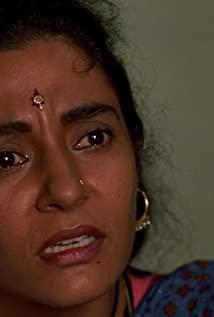I'm making up Indian movies recently because of my class, and today's topic is "Mira Nair".
The rough images, shaky long shots, and noisy voice-overs seem to be a kind of neorealism. So much so that at first I thought this film was a documentary, but as the story progressed, I gradually discovered the director's unmarked, smooth and clear narrative.
The little boy and the girl who was sold into the brothel have pure feelings. The boy's naivety when he ran away from home and his tenacity not to go home without saving 500 yuan. The little girl believed the lies and the truth that the man took her away, until she was deceived into taking her virginity. Before, I also treasured the photos of this man flirting with her frivolously, the man's control and repression of the prostitute, the prostitute's own contradictory situation, and the helplessness of wanting to create a better growth environment for her daughter. When the bloody real problems of Indian society are in front of you, the depression is suppressed in your heart. Finally, all the contradictions break out when the boy stabs the man with a knife. At the end, there is a long shot, the boy is running away in the wilderness, the boy is facing The camera directly penetrates the hearts of the audience. For example, at the end of "Four Hundred Downs", Antoine stares at the audience's camera, which is shocking. As if questioning the audience and interrogating reality, Jing Ding's eyes are full of bitterness and confusion. Every time I think of this scene, I can't help but be surprised.
View more about Salaam Bombay! reviews











